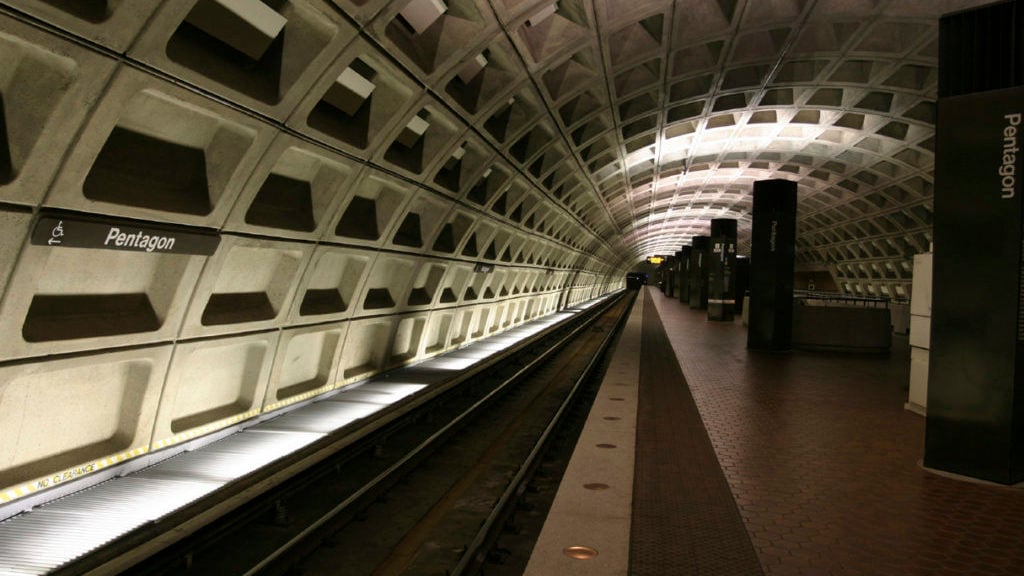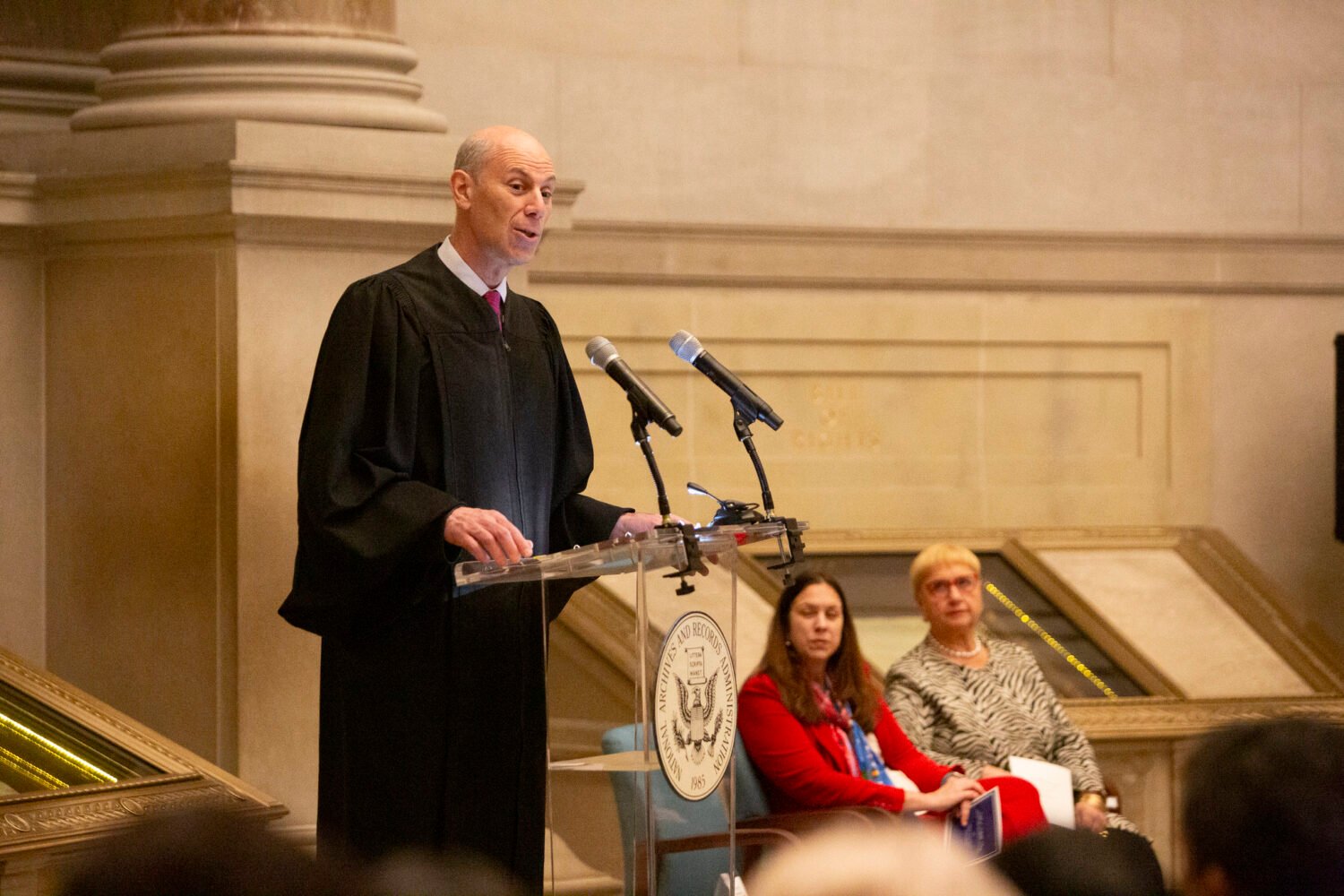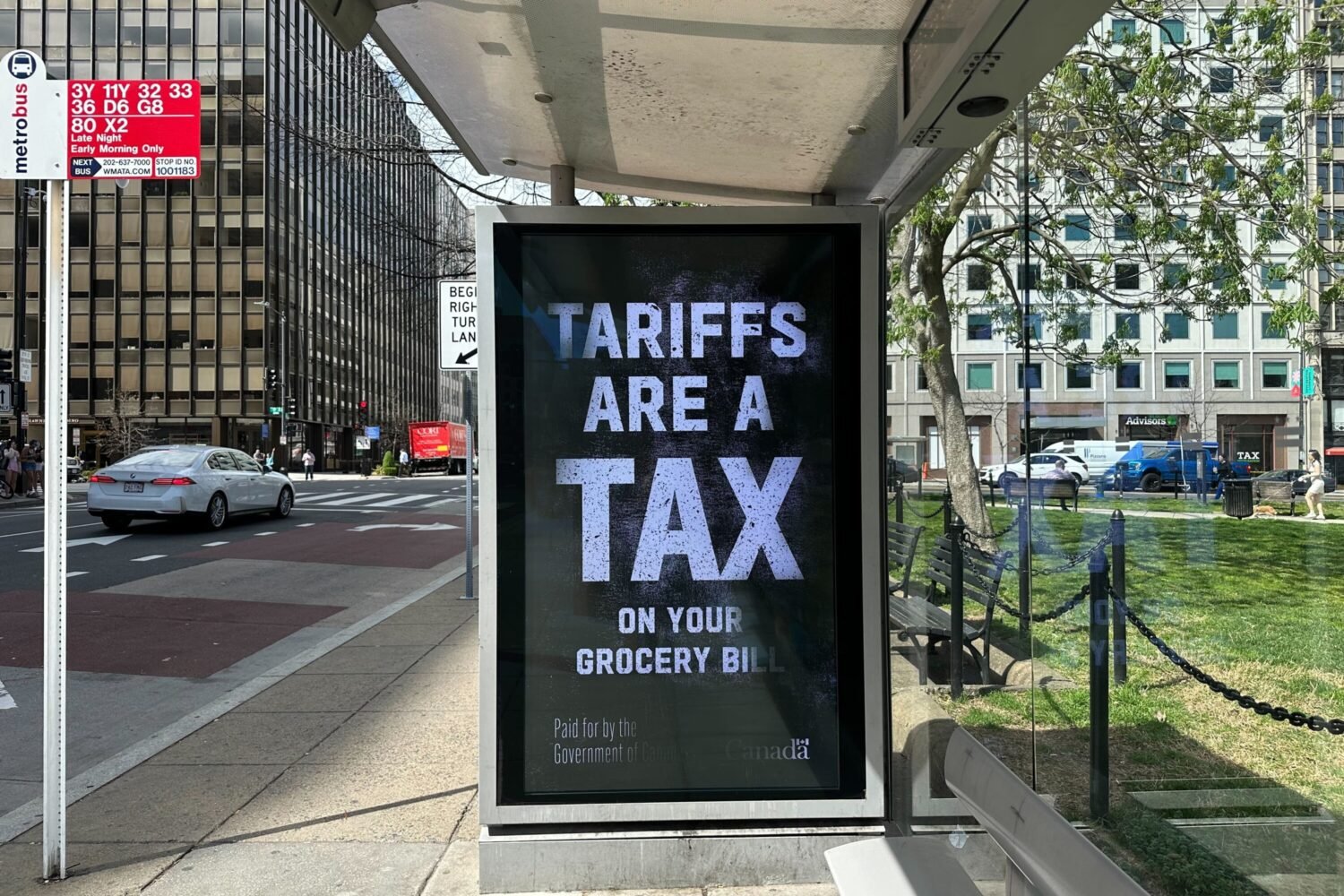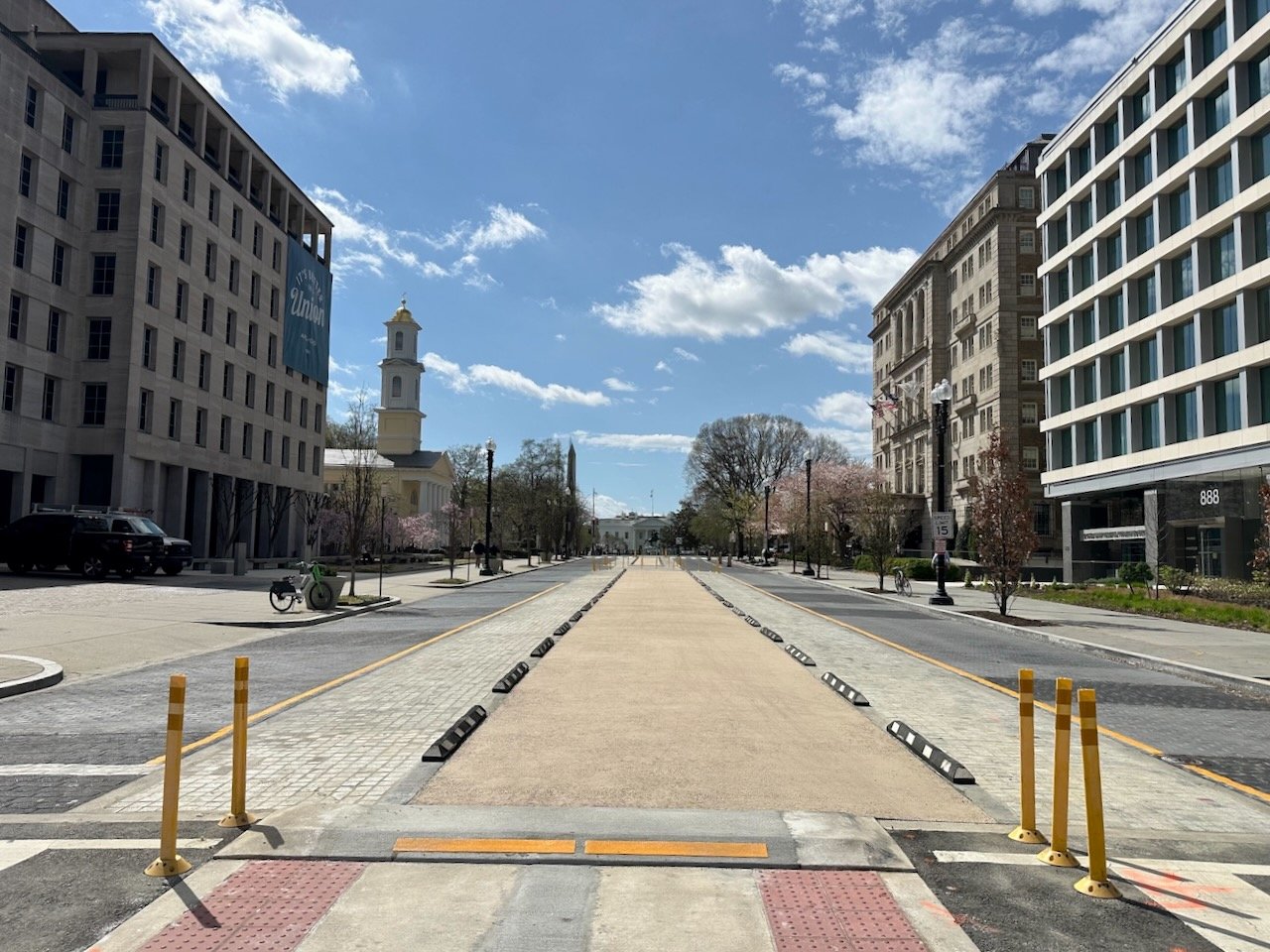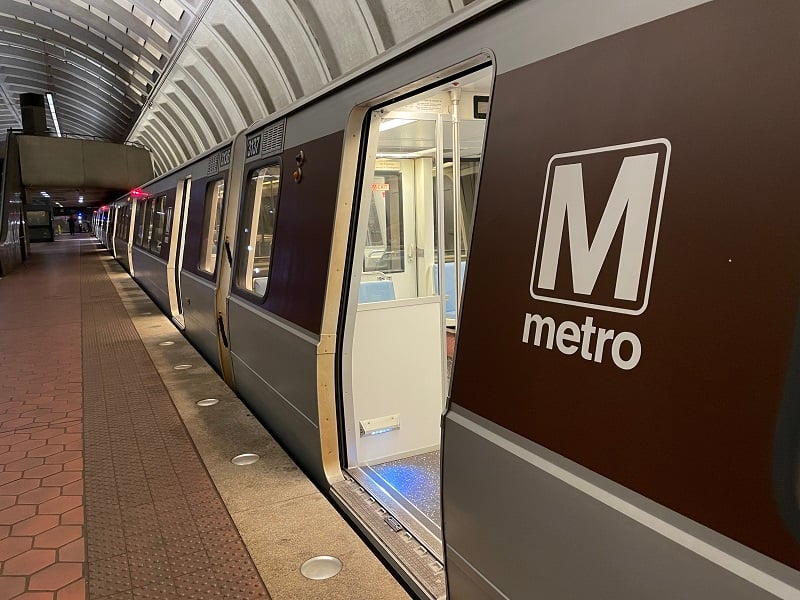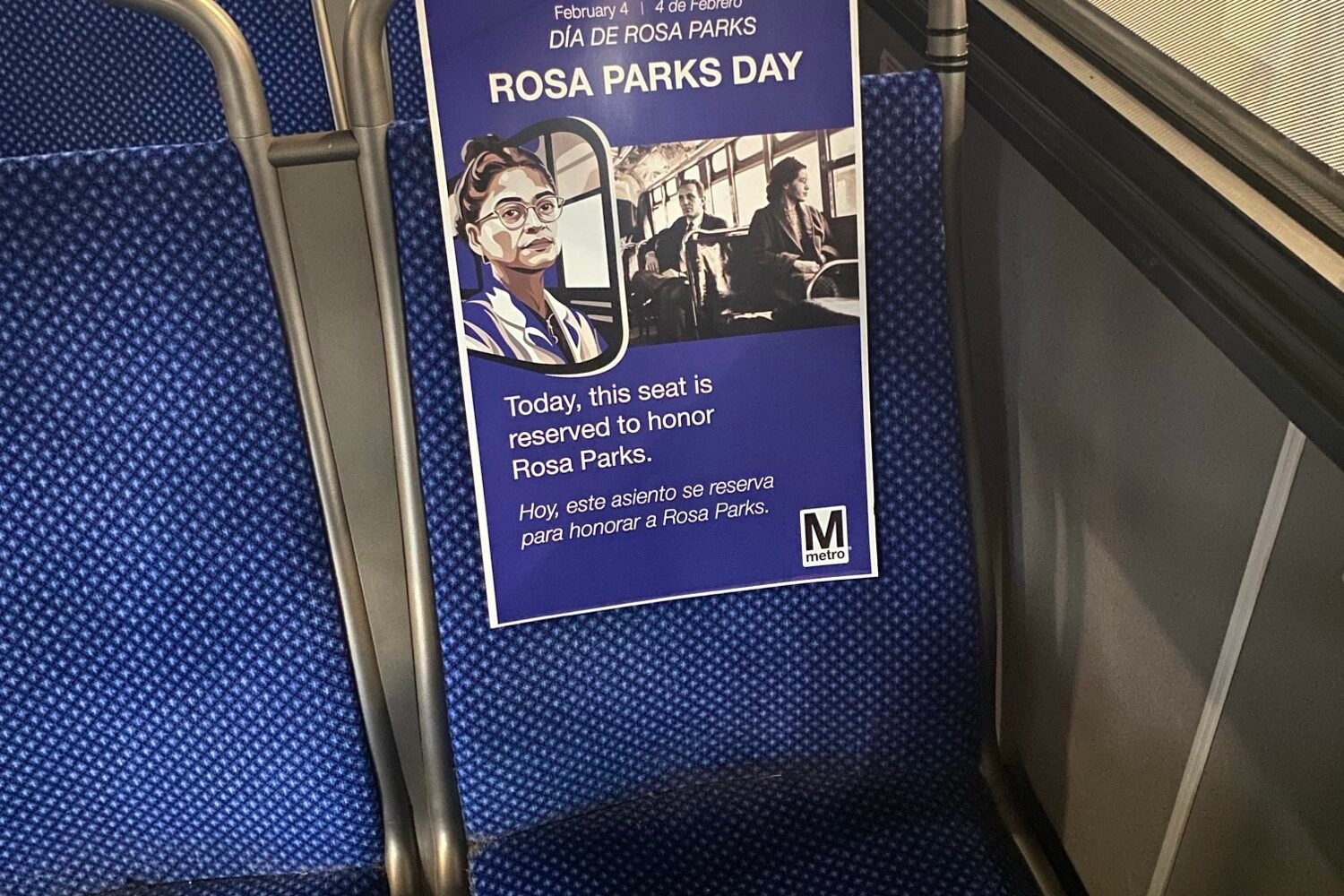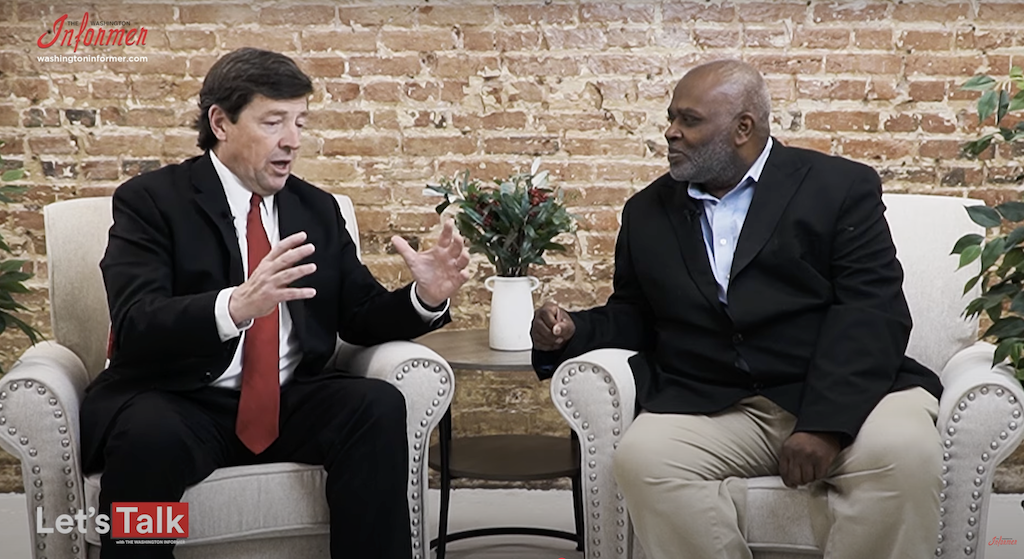The Washington Metropolitan Area Transit Authority’s latest financial report contains little more than another batch of grim news for the troubled transit agency, including the revelation that last month’s blizzard cost it about $14 million in lost revenue and additional expenses. The report, which will be presented to Metro board members at a meeting Thursday, also says overall ridership is at its lowest point in more than a decade as more and more Washington residents shun it.
As the massive winter storm approached, Metro announced that it would drastically reduce, then eventually shut down all rail and bus service for the snowy weekend that left most of the area covered in at least two feet of powder. It took several days for all lines to resume normal operations—by then, the transit agency had taken an $8 million hit in lost revenue, the financial report reads. Metro’s additional expenses related to the blizzard cost it another $6 million.
But it’s not just the weather that’s bringing Metro more pain. Over the first six months of the agency’s 2016 fiscal year, which started last July, weekday rail ridership dropped 6.1 percent compared to the previous year, dragging passenger numbers down to their lowest level since 2004, even with the addition of the Silver Line. Delays, breakdowns, and other system faults have all been increasing for more than the past year.
In fact, the Silver Line’s debut in June 2014 might have been when things turned sour, only to get even worse nearly a year later. “It is difficult to determine how long it takes for riders to react, or by how much, but rail reliability began to decrease for customers around the time of the Silver Line launch, turning down particularly since May 2015,” the report reads.
Meanwhile, travel times and severe delays have gone up, encouraging Washingtonians to seek other means of commuting, which has only eaten into Metro’s revenues more, furthering the “death spiral” theory first predicted in 2004.
The raw numbers are almost universally negative. In the second quarter of its current fiscal year, Metro recorded 97 million rail trips compared to 103 million its budget predicted, and $296 million in revenue compared to $311 forecast. Bus revenue was $74 million compared to $79 million Metro budgeted for. Parking revenue also fell short by $1 million. The only growth area was “non-passenger revenue”—advertising and real-estate transactions—which netted $42 million instead of the budgeted $39 million.
With Metro now under the oversight of the Federal Transit Administration, it could be feeling even more of a pinch if DC, Maryland, and Virginia do not revise the agency’s safety oversight on Transportation Secretary Anthony Foxx‘s timeline. Foxx has said if a new safety board is not created in a year, Metro could lose 5 percent of its federal funding.
DC Council member Jack Evans, who was recently sworn in as the chairman of Metro’s board, has ruled out the possibility of a fare increase. Instead, the agency will look to recoup its lost revenue through pay freezes, overtime reductions, and deferrals of non-safety improvements, the financial report reads.

